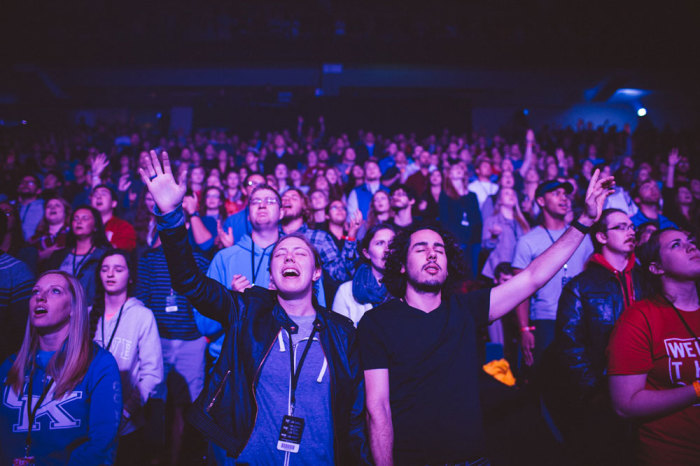White Evangelical Population Share Declining, Poll Finds

A major analysis based on polls spanning the past 15 years in the United States found that white evangelicals are decreasing as a share of the population while the non-religious are increasing.
A study posted on Thursday by ABC News/Washington Post of the past 15 years, ranging from 2003 to 2017, noted that while those who identified as Protestants made up 50 percent of the nation at the start of the study period, they are now down to 36 percent.
White evangelical Protestants registered an eight-point drop over the 15-year period, down to 13 percent in 2017. Non-Hispanic whites also saw an eight-point drop, from 69 to 61 percent of the population, suggesting that the decline of white evangelical population share could be more due to their whiteness than their religious identification.
The non-religious population meanwhile nearly doubled as a share, going from 12 to 21 percent in 2017.
ABC explained that the analysis, carried out by Langer Research Associates, stems from 174,485 random-sample telephone interviews conducted from 2003 to 2017.
Overall, Christians dropped from 83 percent of Americans to 72 percent last year. Catholics continued to be a stable minority at about 22 percent of the country, while those from other Christian denominations, including Orthodox churches, Mormons and Jehovah Witnesses rose from 11 to 14 percent.
Looking closer at the Protestant statistics, ABC noted that non-evangelical white Protestants have also declined, from 17 to 11 percent.
It offered that "the change in Protestant self-identification overall has occurred disproportionately among whites," with 39 percent of white Americans now describing themselves as members of a Protestant church, which is down 13 points from 2003.
The analysis clarified that most Protestants do not actually identify as a Protestant, however, but by specific denomination, such as Baptist, Methodist, Lutheran, Pentecostal, Presbyterian, Episcopalian and others.
When it comes to politics, white evangelicals continued to be more likely to lean to the right, with 48 percent identifying as Republicans, 31 percent as political independents, and only 14 percent as Democrats.
Non-evangelical white Protestants and white Catholics were more evenly divided among the three partisan groups.
Muslims and Jews were found to be the religious grouping most likely to identify as Democrats, at 57 and 48 percent respectively, while 45 percent of those with no religion said that they were politically independent, which was the highest score for that grouping.
Other surveys, including one from 2017 by Gallup, have also found that Protestants are seeing big drops in identification, though they remain a significantly higher portion of the U.S. population than the ABC News/Washington Post poll suggests.
Gallup said that Protestants made up 71 percent of the country back in 1955, with that number down to 47 percent last year. Catholics, on the other hand, were also found to be holding a steady line, making up 22 percent of the population in 2017.
"A troubling sign for both religions is that younger adults, particularly those aged 21 to 29, are less likely than older adults to identify as either Protestant or Catholic," Gallup warned at the time.
"This is partly because more young people identify as 'other' or with other non-Christian religions, but mostly because of the large proportion — 33 percent — identifying with no religion."




























